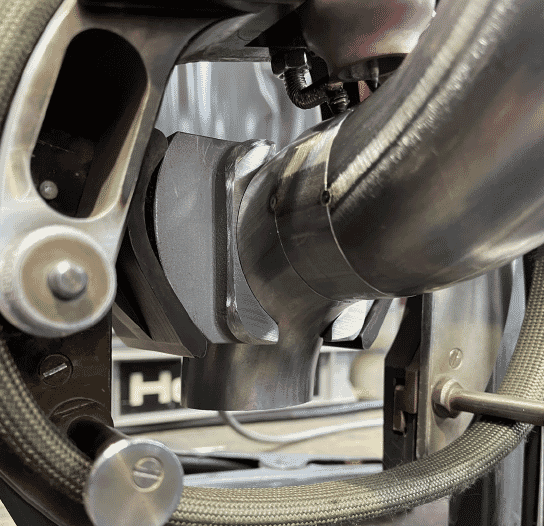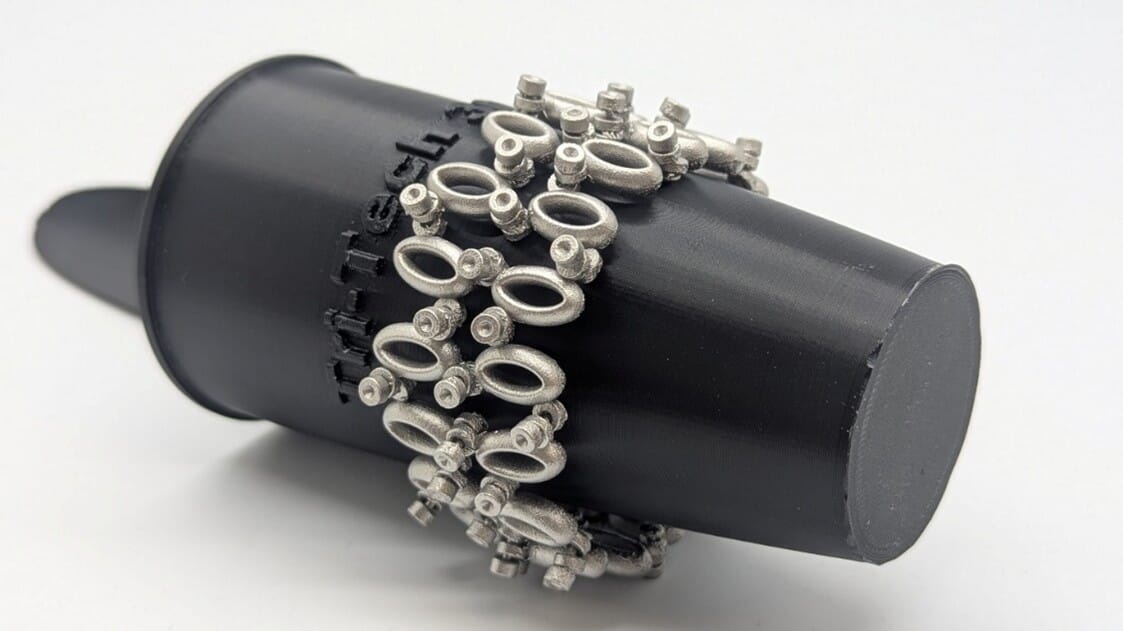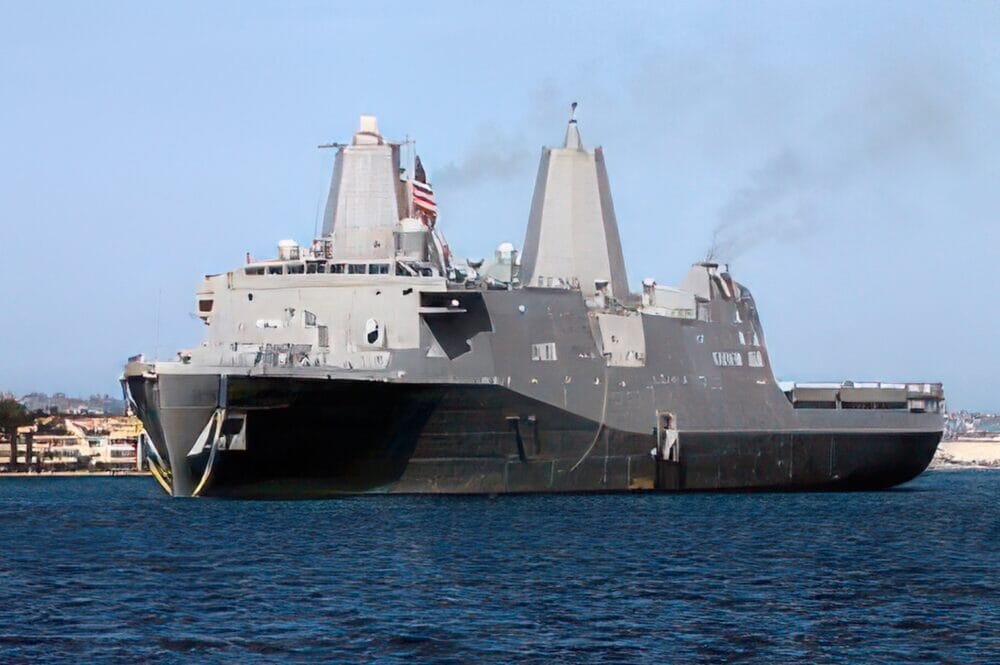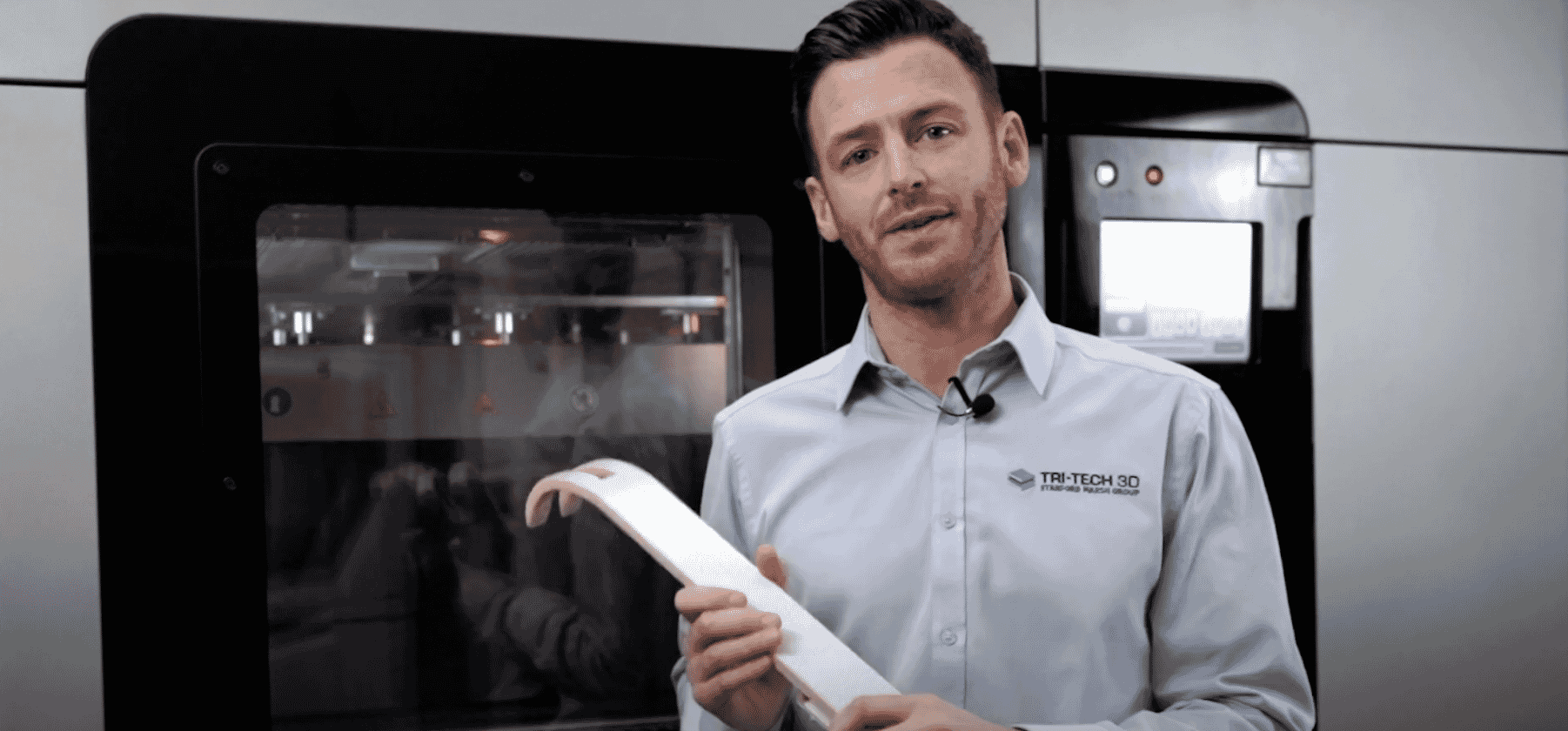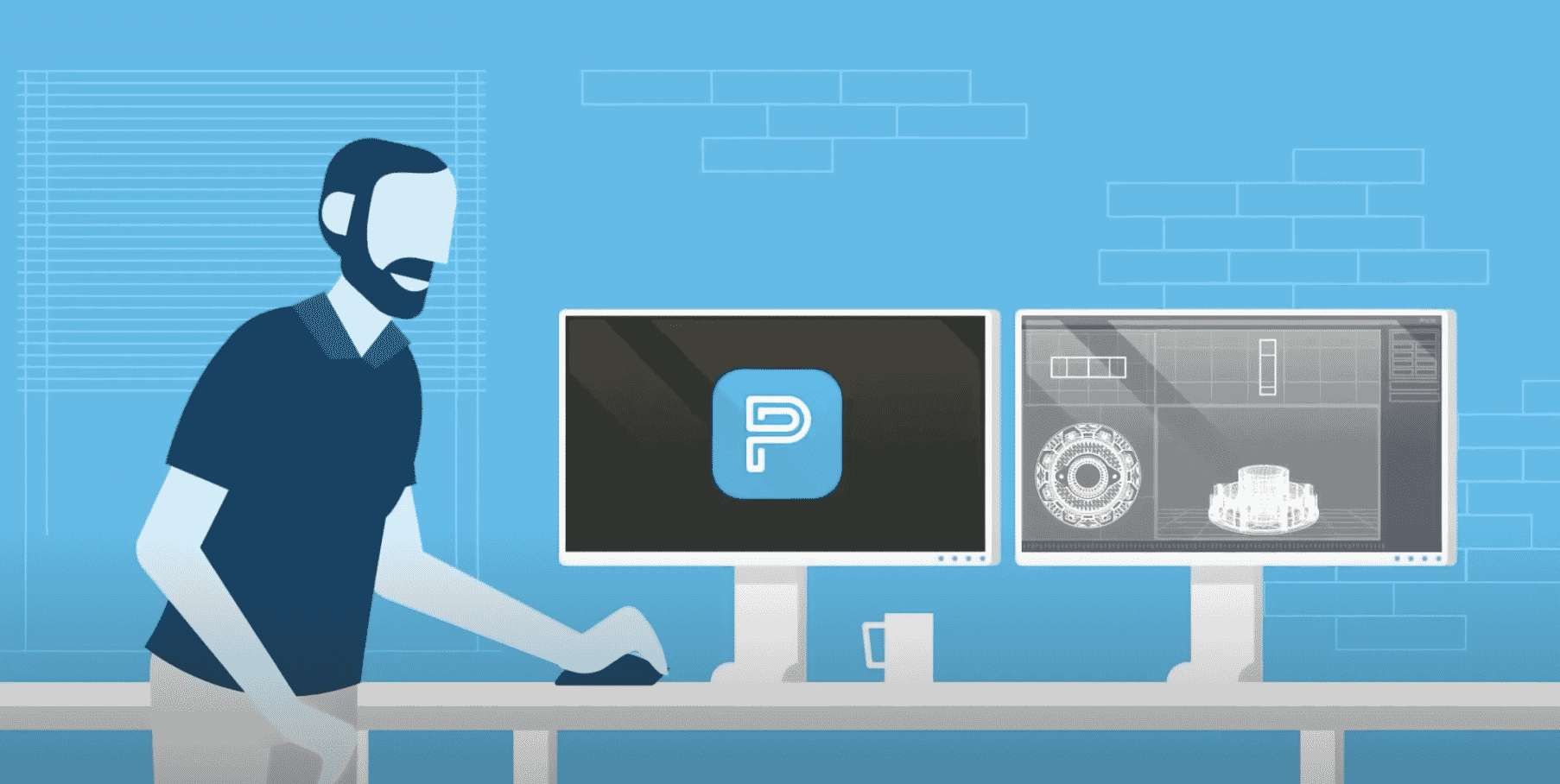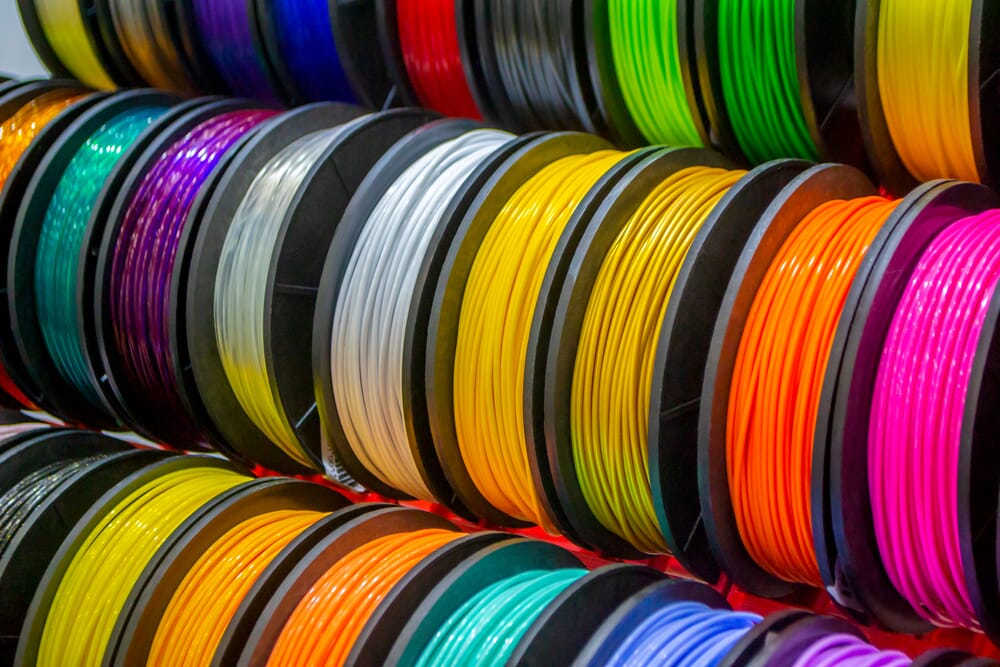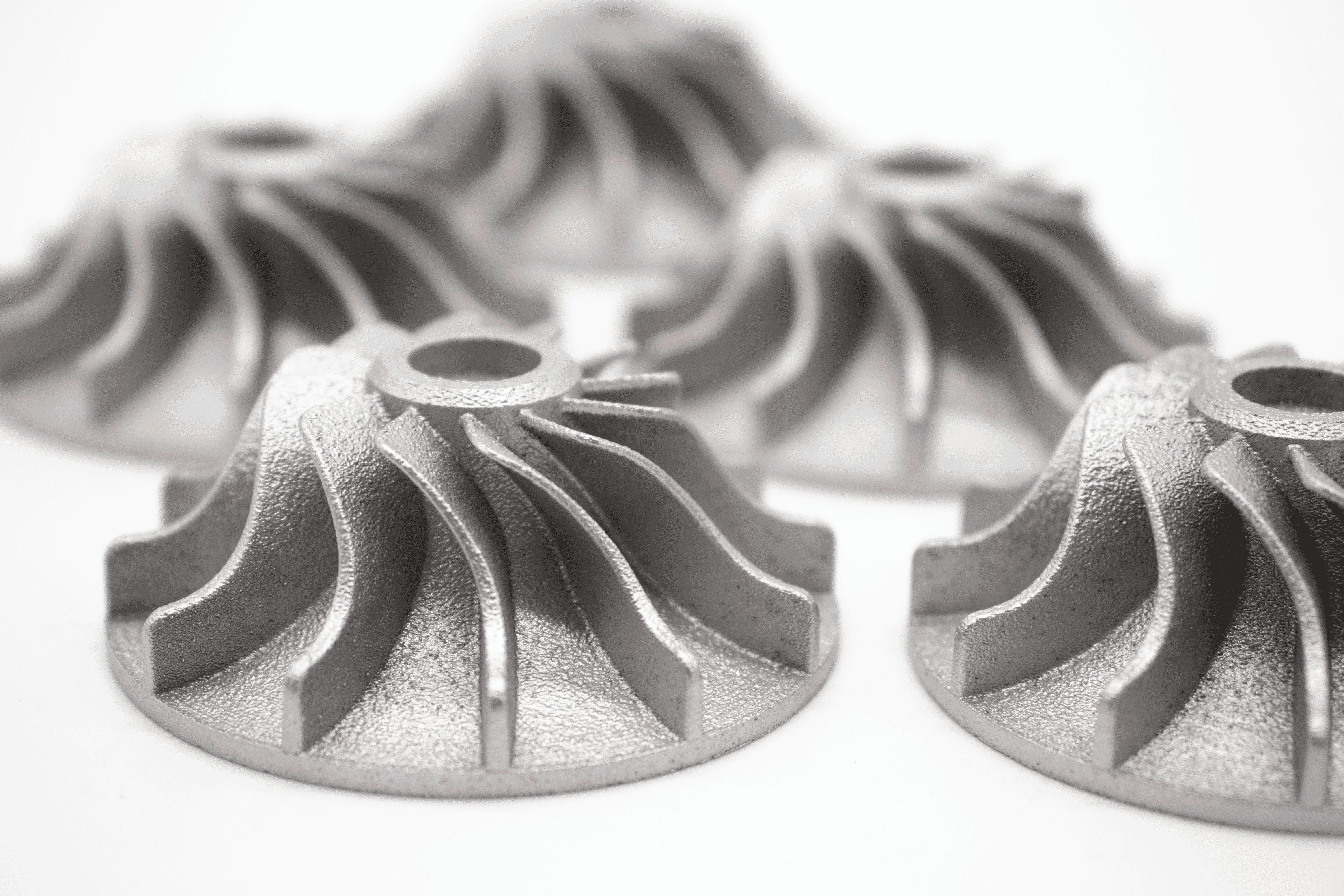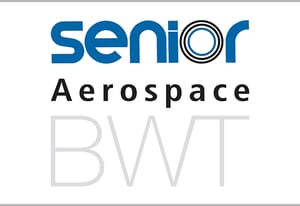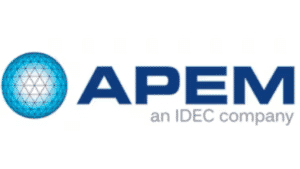Metalworking company uses 3D printing to cut manufacturing times.
Hoedtke designs and develops parts, components and systems for various industries. This also includes the qualification of manufacturing processes and the production of prototypes. Hoedtke has special know-how in various manufacturing techniques, in particular laser technology, vacuum technology and surface finishing.

In addition, Hoedtke has been using various additive manufacturing processes with plastics and metals for more than ten years now. The company focuses on technology and application development. This includes systematic process parameter studies for the processing of various materials as well as the testing of new types of hardware and software components and the development of various applications for the industrialisation of additive manufacturing.
The Challenge
The customer required safety-critical pipe bends to be produced using only orbital welding. However, due to the component’s geometry, the standard welding machine fixture cannot clamp it.
The company is therefore faced with the challenge of resolving the conflict of two opposing boundary conditions:
- The components ordered by the customer have to be manufactured on an orbital welding system, as they are only approved for this manufacturing process.
- Due to the tube geometry, the components cannot be clamped in a standard orbital welding system and are therefore not suitable for production with such a system.

The linear part of the curved tube sections is too small for the existing clamping devices of the orbital welding system. The pipe sections can therefore not be picked up and welded gas-tight. Since the welding process is determined by the customer‘s requirement, the welding device must be adapted in order to be able to process the customer‘s order successfully.
The Solution
The use of metal additive manufacturing enabled the economical development and production of adapted clamping jaws for holding the pipe elbows. Compared with conventional production, the lead time for manufacturing the components can also be reduced by more than half.
The experts at the company opted for the additive manufacturing of individualised clamping jaws that reflect the curvature of the customer‘s components.
The developed components act as adapters and thus enable the clamping of the pipe sections in the existing welding fixture. Thus, the customer‘s specifications can be met with regard to the manufacturing process.
The manufacturing process can be started directly by the design department on the company‘s own MPRINT metal 3D printer after the CAD model and the data and print preparation have been created, without having to go through the process chain with a usually upstream classic work preparation.

After a printing time of about 46 hours for both clamping jaws and with a total powder consumption of about 0.6 kg, the components are completed.
Since the necessary support structure and thus also the amount of post-processing were minimised by intelligent design as well as optimal positioning in the installation space, the assembly of the components in the orbital welding system can take place within the shortest possible time.

Overall, it is possible to reduce the lead time from data creation to the finished clamping jaws by about 64% by using metal 3D printing. This reduction is achieved particularly in data preparation and production. In addition to accelerated work preparation in metal 3D printing, the process chain is shortened primarily through reduced waiting times. These arise in machining production, for example, due to limited material stocks and machine capacities in the company.
Within a few days, the entire process chain from design to final use of the components could be run through – this was significantly faster compared to conventional manufacturing.
Vanessa Seyda, AM Technology Expert at Hoedtke Metall- und Lasertechnik
The clamping jaws show a high mechanical and thermal load capacity in use, due to the material used. Thus, the pipe bends can be reliably fixed and welded gas-tight by the developed device, which enables a successful completion of the customer‘s order. The two clamping jaws are now also available for the customer‘s next order series.

For further information on the One Click Metal systems, please get in touch.

